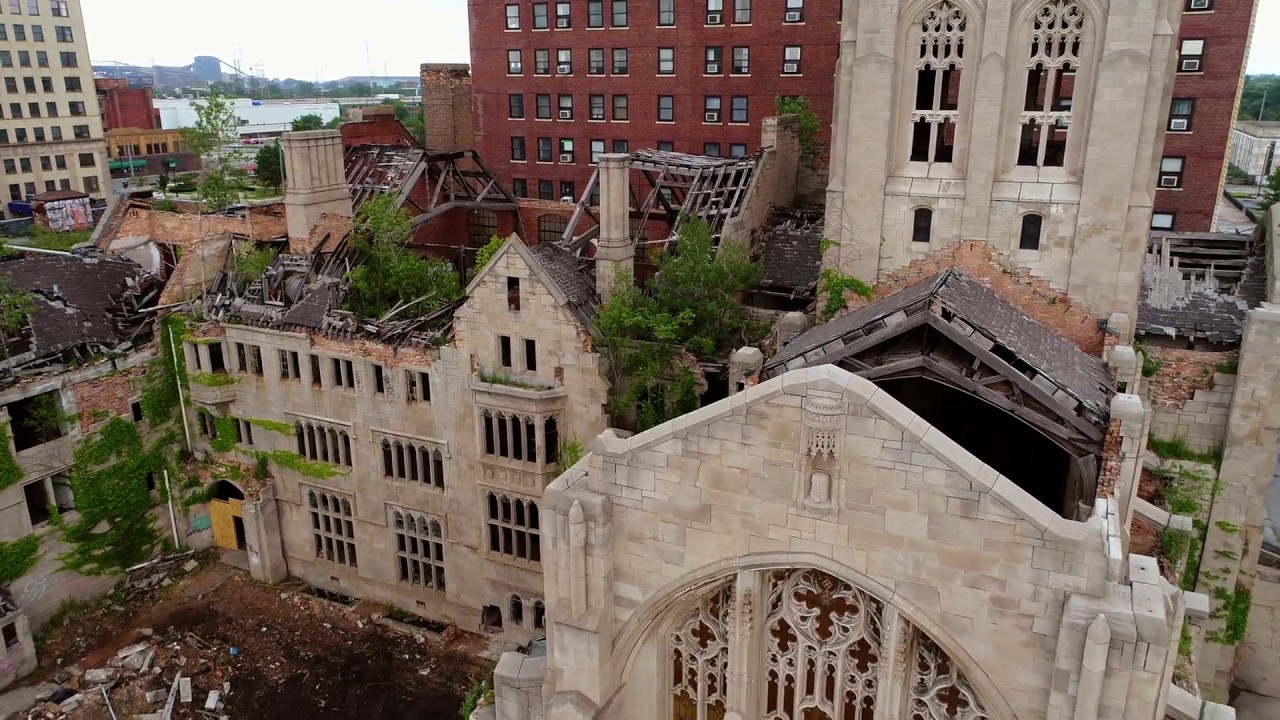Cache Is Not At The Posted Coordinates
Mr. Toot is the mascot not only of the North Iowa Band Festival, but also for Mason City as a whole. His image has appeared on everything from T-Shirts to business cards to city light poles. Now his image also appears on the geocaching map just south of Mason City Iowa. Each of these puzzles will include a fact or story in theme with the art series. Some may also include a question or two for you to answer correctly to find the coordinates.
Trivia
Gary Indiana, the purported hometown of Professior Harold Hill in the Music Man. A town not founded until after Hill graduated from there. In the song it says it was founded by Elbert Gary of judiciary fame. So lets see if this is correct.
Then:
Gary, Indiana, was founded in 1906 by the United States Steel Corporation as the home for its new plant, Gary Works. The city was named after lawyer Elbert Henry Gary, who was the founding chairman of the United States Steel Corporation. The jobs offered by the steel industry provided Gary with very rapid growth and a diverse population within the first 26 years of its founding. According to the 1920 United States Census, 29.7% of Gary's population at the time was classified as foreign-born, mostly from eastern European countries, with another 30.8% classified as native-born with at least one foreign-born parent.
Gary's fortunes have risen and fallen with those of the steel industry. The growth of the steel industry brought prosperity to the community. In the 1960s, like many other American urban centers reliant on one particular industry, Gary entered a spiral of decline. Gary's decline was brought on by the growing overseas competitiveness in the steel industry, which had caused U.S. Steel to lay off many workers from the Gary area. The U.S. Steel Gary Works employed over 30,000 in 1970, declined to just 6,000 by 1990, and further declined to 5,100 in August 2015.
Now:
Owing to white flight, economic distress, and a perception of skyrocketing crime, many middle-class and affluent residents moved to other cities in the metro area. In the late 1990s and early 2000s, Gary had the highest percentage of African-Americans of U.S. cities with a population of 100,000 or more, 84% (as of the 2000 U.S. census). This no longer applies to Gary since the population of the city has now fallen well below 100,000 residents. As of 2013, the Gary Department of Redevelopment has estimated that one-third of all homes in the city are unoccupied and/or abandoned.
Gary faces the difficulties of a Rust Belt city, including unemployment, decaying infrastructure, and low literacy and educational attainment levels. Gary has closed several of its schools within the last ten years. While some of the school buildings have been reused, most remain unused since their closing. As of 2014, Gary is considering closing additional schools in response to budget deficits.
Gary chief of police Thomas Houston was convicted of excessive force and abuse of authority in 2008; he died in 2010 while serving a three-year, five-month federal prison sentence. In April 2011, 75-year-old mayor Rudy Clay announced that he would be suspending his campaign for reelection owing to ongoing treatments for prostate cancer. After exiting from the race, Clay endorsed rival Karen Kreeman-Wilson, who won the Democratic mayoral primary in May. Freeman-Wilson won election with 87 percent of the vote and her term began in January 2012; she is the first woman elected mayor in the city's history.
 Abandoned City United Methodist Church, typical of many buildings in Gary, Indiana
Abandoned City United Methodist Church, typical of many buildings in Gary, Indiana